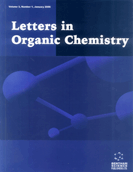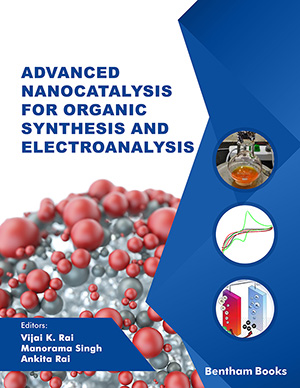
Abstract
Background: Polybenzimidazole (PBI) is used in high temperature proton exchange membrane fuel cells (HT-PEMFCs) and redox flow batteries, where proton transfer occurs with the nitrogen-containing groups in PBI, and in aerospace applications exposed to oxygen and radiation.
Objective: The objective is to investigate VUV photo-oxidation of PBI for the first time in order to incorporate polar functional groups on the surface to potentially enhance proton conductivity in HT-PEMFCs.
Methods: A low-pressure microwave discharge of Ar generated 104.8 and 106.7 nm Vacuum UV (VUV) radiation to treat PBI with VUV photo-oxidation. Analysis was done with X-ray Photoelectron Spectroscopy (XPS), Atomic Force Microscopy (AFM), Water Contact Angle (WCA) and Thermal Gravimetric Analysis (TGA) to detect changes in chemistry, surface roughness, hydrophilicity, and adhesion, respectively.
Results: XPS showed: an increase in the O concentration up to a saturation level of 15 ± 1 at %; a decrease of the C concentration by about the same amount; and little change in the N concentration. With increasing treatment time, there were significant decreases in the concentrations of C-C sp2, C-C sp3 and C=N groups, and increases in the concentration of C=O, O-C=O, O-(C=O)-O, CN, and N-C=O containing moieties. The water contact angle decreased from 83° for pristine PBI down to 43°, making the surface more hydrophilic, primarily due to the oxidation, since AFM detected no significant changes in surface roughness. TGA analysis showed an improvement of water adhesion to the treated surface.
Conclusion: Microwave generated VUV photo-oxidation is an effective technique for oxidizing the surface of PBI and increasing hydrophilicity.
Keywords: Microwave, vacuum UV (VUV), photo-oxidation, polybenzimidazole (PBI), X-ray photoelectron spectroscopy (XPS), water contact angle.
[http://dx.doi.org/10.1142/9938]
[http://dx.doi.org/10.1021/ed5006294]
[http://dx.doi.org/10.1039/D0CS00296H] [PMID: 33245736]
[http://dx.doi.org/10.1016/j.progpolymsci.2008.12.003]
[http://dx.doi.org/10.1149/1.2044337]
[http://dx.doi.org/10.1039/c2ee03055a]
[http://dx.doi.org/10.1016/j.ijhydene.2011.10.087]
[http://dx.doi.org/10.1002/fuce.200800024]
[http://dx.doi.org/10.1016/j.jpowsour.2012.07.129]
[http://dx.doi.org/10.1007/978-3-319-17082-4_22]
[http://dx.doi.org/10.1016/j.polymdegradstab.2010.05.029]
[http://dx.doi.org/10.1515/polyeng.2011.007]
[http://dx.doi.org/10.1115/1.4037248]
[http://dx.doi.org/10.1016/j.memsci.2018.10.027]
[http://dx.doi.org/10.1016/j.memsci.2019.03.014]
[http://dx.doi.org/10.1007/12_2008_156]
[http://dx.doi.org/10.1016/j.jpowsour.2012.11.126]
[http://dx.doi.org/10.1080/01694243.2012.705525]
[http://dx.doi.org/10.3390/technologies8040052]
[http://dx.doi.org/10.1080/01694243.2016.1178026]
[http://dx.doi.org/10.1016/0032-3861(94)90365-4]
[http://dx.doi.org/10.1023/A:1021801009780]
[http://dx.doi.org/10.1002/9781119593294.ch9]
[http://dx.doi.org/10.1016/j.tsf.2004.07.059]
[http://dx.doi.org/10.1016/0014-3057(78)90051-4]
[http://dx.doi.org/10.1063/1.1701603]
[http://dx.doi.org/10.1002/ppap.201100154]
[http://dx.doi.org/10.1021/ma00103a033]
[http://dx.doi.org/10.1007/BF00565552]
[http://dx.doi.org/10.1146/annurev.pc.33.100182.002425]
[http://dx.doi.org/10.1016/0009-2614(79)87187-0]
[http://dx.doi.org/10.1021/j100570a021]
[http://dx.doi.org/10.1116/1.579199]
 28
28 1
1



























